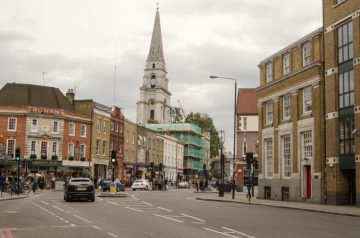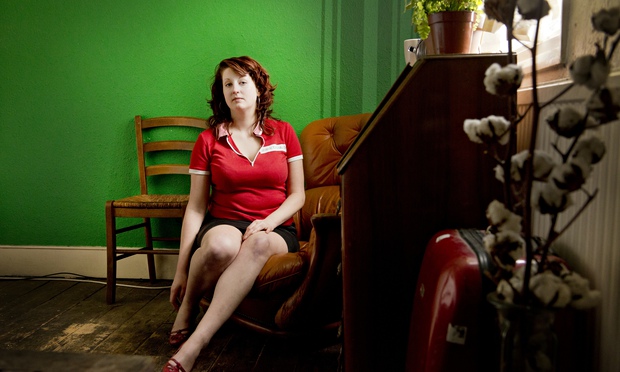Why Cutting Stamp Duty Could Lead to an Increase in Prices
Yesterday, Labour announced that they would abolish Stamp Duty for first time buyers on properties costing up to £300,000.
The political party also revealed other proposals to conquer the housing crisis. Read more about their pledges here: /milibands-housing-plans-announced/
The changes to Stamp Duty mean that for the first three years of a Labour government, those buying their first home costing £300,000 or less will not have to pay the tax that buyers pay when they complete a property transaction.
This would not be the first time that these buyers have their Stamp Duty cut. In 2010, Labour chancellor Alistair Darling introduced a two-year tax holiday for first time buyers on homes costing up to £250,000.
Previously, Darling also abolished the tax on properties costing up to £175,000 for 15 months. This applied to all buyers, but first time buyers were most likely to benefit as they buy the cheapest houses.
Chancellor George Osborne reformed Stamp Duty in December 2014 to help buyers. The new tax was split up so that buyers did not pay the same tax rate on the whole purchase price. The cost of the tax reduced for those buying homes less than £937,500.
At present, Stamp Duty is only paid on properties costing over £125,000. After that, the tax is tiered. For the next £125,000 buyers pay 2%, on the next £675,000 they pay 5%, on the next £575,000 they pay 10% and on the rest they pay 12%.
On a home costing £150,000, buyers pay £500. On a property costing £299,999 they pay just under £5,000.
Not needing to pay Stamp Duty could leave first time buyers with more money to put towards their home. They could end up moving earlier because they can add more to the deposit.
However, analysis of previous Stamp Duty holidays reveals that on its own, a tax break does little to help the market. Neal Hudson of Savills estate agents looked at the changes of 2012.
He discovered that there was not much evidence of a general rise in activity during the break, however, buyers rushed at the end of the holiday to take advantage of the rule before it was cancelled. His analysis indicates that many buyers brought their purchase forward. In the months following the tax break, sales dropped.
Hudson believes there were 13,000 more sales during the first holiday and 7,000 more during the second.
Labour’s plans support another pledge to build more homes. If supply increases, then pressure on property prices should reduce.
However, it was recently found that a shortage of houses for sale could push prices higher. Read more here: /lack-of-houses-for-sale-could-push-prices-higher/
If more people enter the market, but supply does not grow, then prices are likely to rise.
In December, Capital Economics’ Housing Economist, Matthew Pointon, expected Stamp Duty reforms to increase prices by 3-5%. He said: “Assuming buyers use the same level of deposit to buy a home as before the change, we estimate that with a loan-to-value of 85%, most buyers’ deposits will now allow them to bid for homes that are between 3-12% more expensive than was previously the case. Sellers will respond to that increase in demand by raising their prices.”
Commenting on Labour’s pledge, Pointon says: “The effect will be smaller, as this is a holiday rather than permanent change, and some of the increase in value will drop back once the holiday is over, but in the short term it will act to push up prices.”1
Neal Hudson agrees: “The Labour party’s proposals may be a welcome gesture for those struggling to save a deposit.
“However, the impact of it is reduced given the Stamp Duty reforms already put in place and there is a danger that any savings are just passed on to sellers in a supply-constrained market.”1
Chief UK Economist at IHS Global Insight, Howard Archer, says that any temporary chance is likely to cause an increase at some stage: “You tend to get a surge in housing market activity just before the period of grace ends, and that can cause a spike in prices.”1








